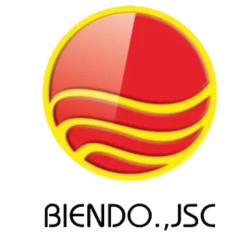A virtual dataroom is a platform that allows you to safely store, share and collaborate on documents. Modern VDRs include a range of features to help you manage and organize the information you keep. These include drag-anddrop and two-way syncing that allows you to have an area up and running in a matter of minutes. Additionally, granular access permissions, control of saving and printing as well as tracking all actions sophisticated questions and responses, and reporting ensure seamless collaborative.
The most common use case for the use of a VDR is due diligence in M&A transactions. The seller side must review and provide the buyer with documentation for the transaction, and both parties require a space to do so in a controlled space.
Other important features for a data room include
Document labels. Adding and managing labels will enable you to organize your files into a folder structure which makes finding the information easier. Some VDRs also support automatic indexing which makes the task of organizing thousands of files even faster.
Searching is integrated. Searching inside a VDR will help you find the information quickly. Some VDRs also come with advanced features, like a quick scroll-through viewer that makes document viewing faster. In addition, some VDRs allow you to filter files according to their metadata, or by their file extension.
Customer support. If you require assistance regarding a specific feature, or just general questions about using a data room, look for a provider that offers 24/7 support through in-app chat or by phone. Some providers even have dedicated teams to handle the most difficult customer queries and offer expert advice.
https://seboardroom.com/cracking-business-codes-the-impact-of-virtual-data-room-features/

